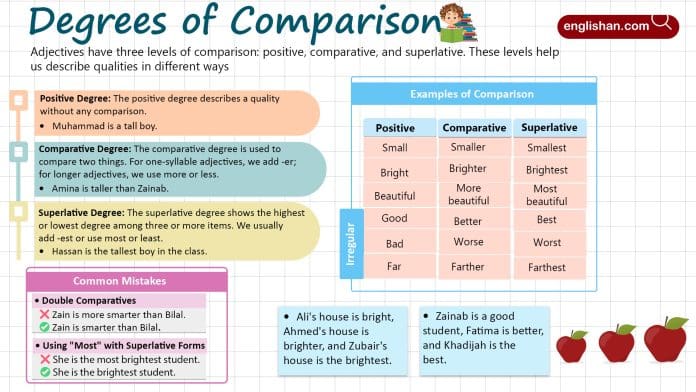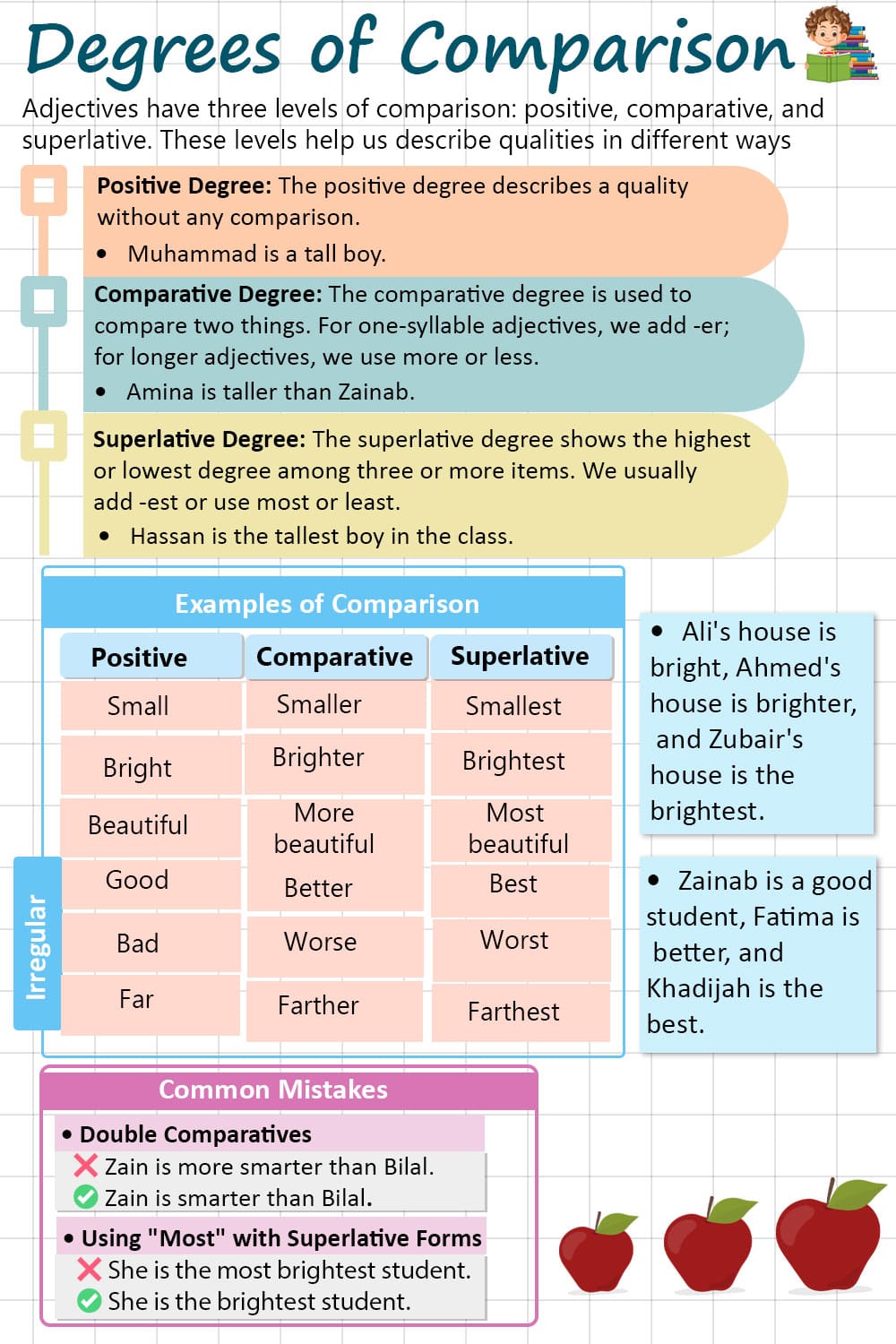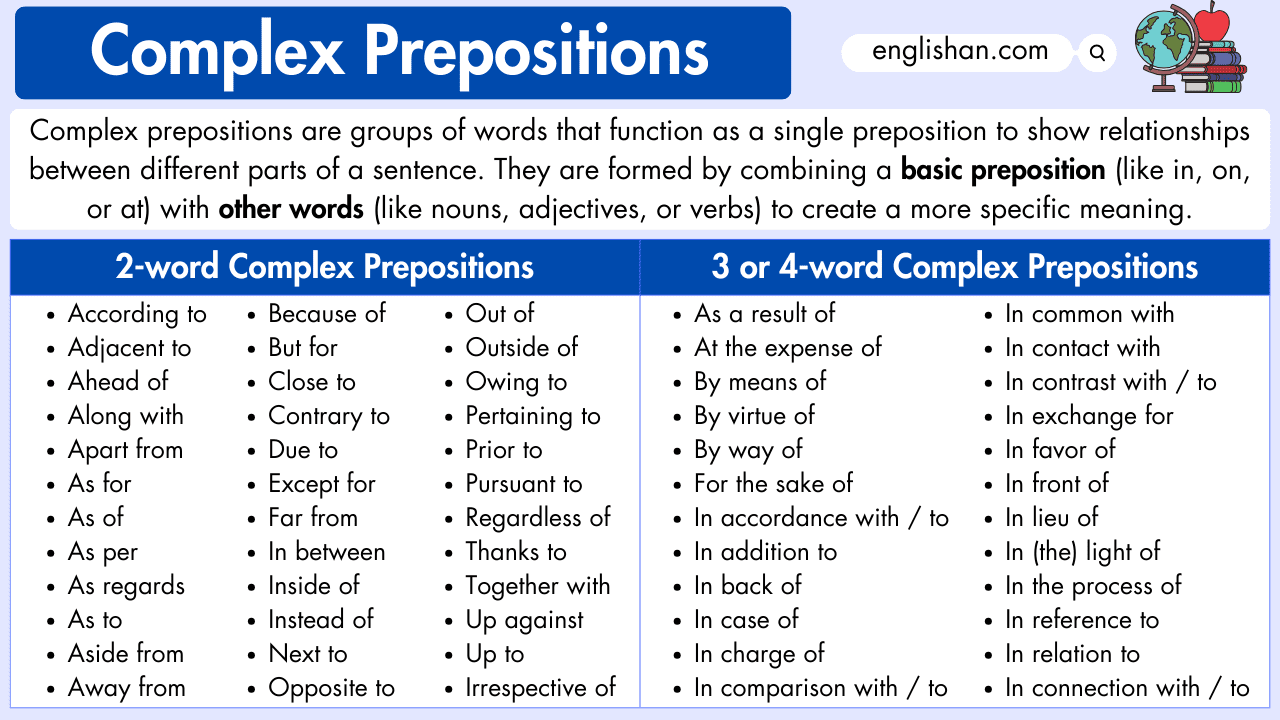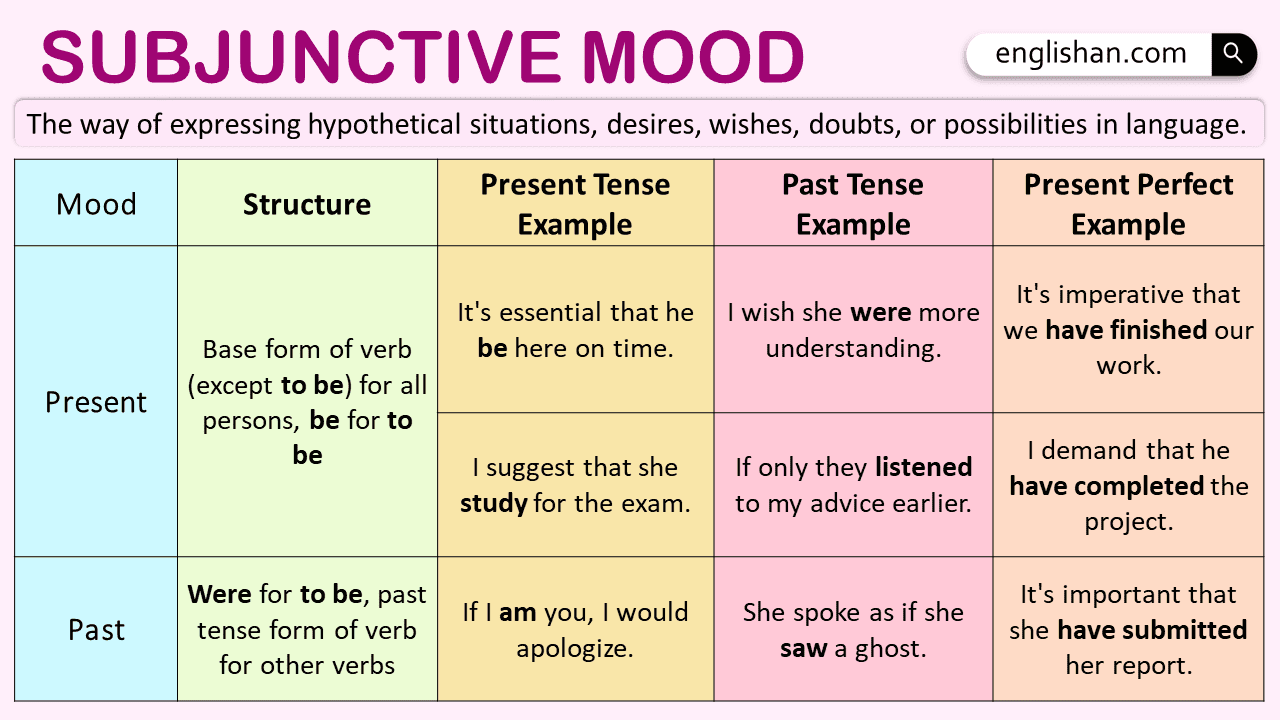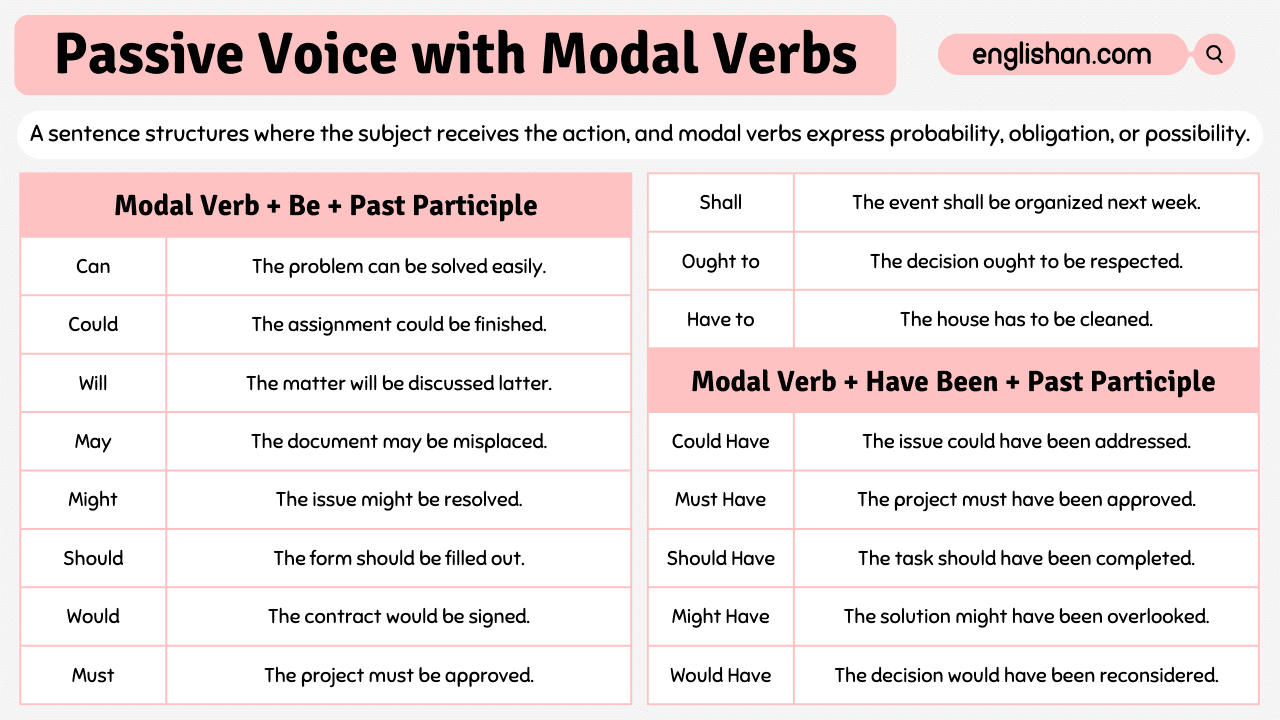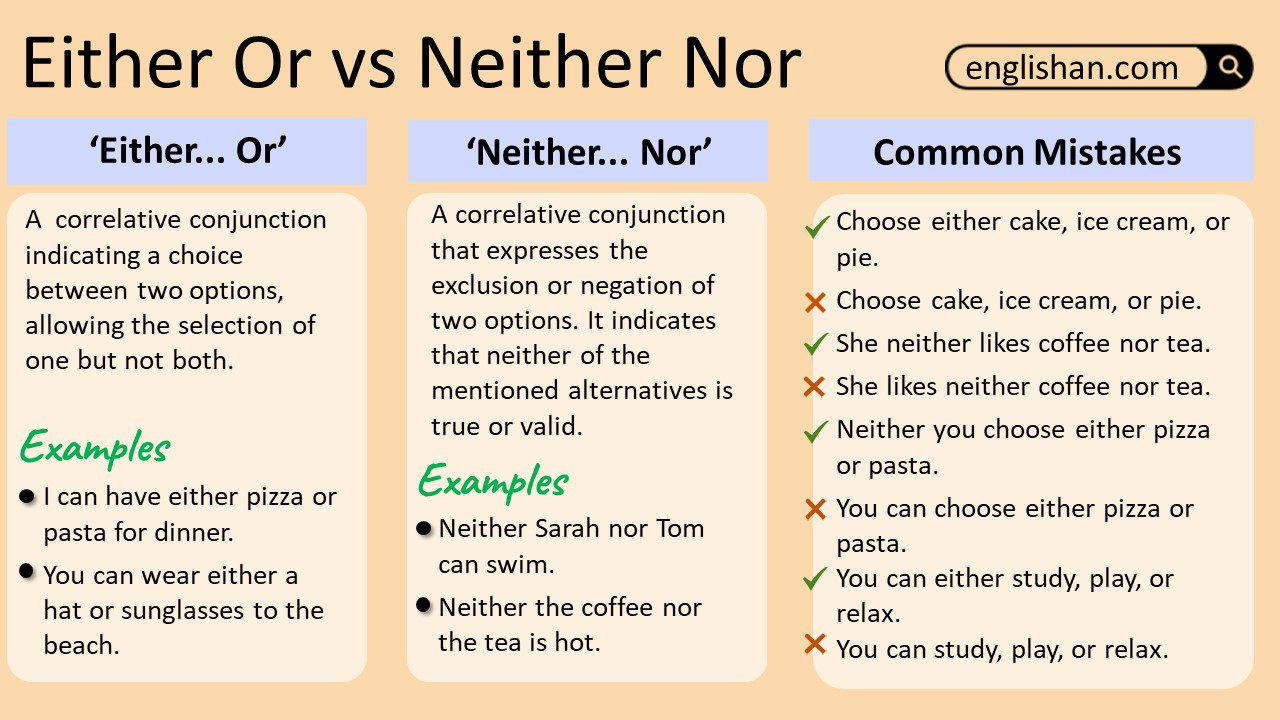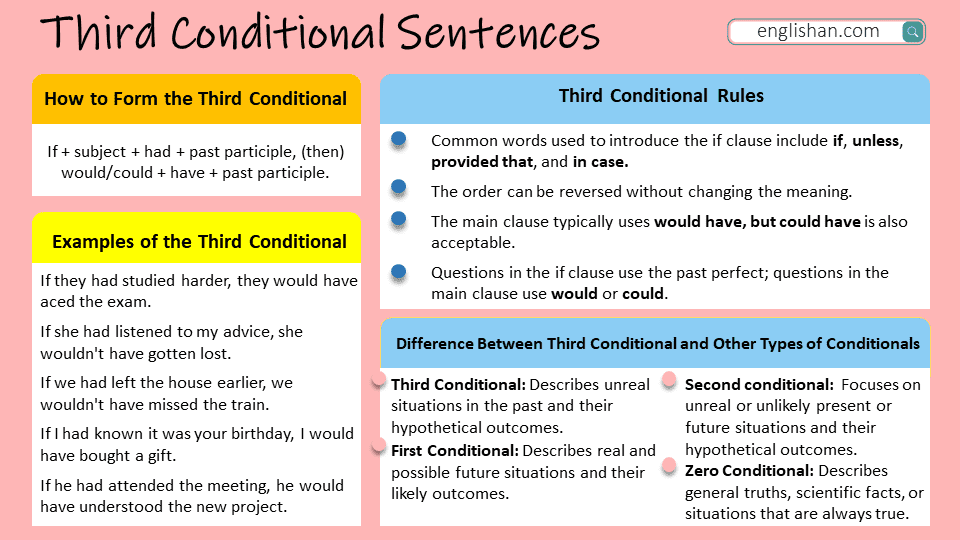Contents
Adjectives are words that describe or modify nouns. One of their key features is the ability to show comparison. When comparing qualities of nouns, we use the degrees of comparison. In this article, we will explore the three degrees of comparison, how to use them, and common exceptions.
How Many Comparisons of Adjectives Are There?
In English grammar, we compare adjectives in three levels: positive, comparative, and superlative. These levels help us describe qualities in different ways, from just stating something about one thing to comparing two or more things.
Positive Degree
The positive degree of an adjective simply describes a quality without comparing it. It is the base form of the adjective.
Example:
- Muhammad is a tall boy.
Comparative Degree
The comparative degree is used to compare two things, indicating that one has a greater or lesser degree of a certain quality than the other. For adjectives of one syllable, we add -er; for adjectives with more syllables, we use more or less.
Example:
- Amina is taller than Zainab.
Superlative Degree
The superlative degree expresses the highest or lowest degree of a quality among three or more items. We usually form the superlative by adding -est to shorter adjectives or using most or least for longer ones.
Example:
- Hassan is the tallest boy in the class.
Comparison of Adjectives Examples
Let’s look at more examples of adjectives in different degrees of comparison:
| Positive Degree | Comparative Degree | Superlative Degree |
|---|---|---|
| Small | Smaller | Smallest |
| Bright | Brighter | Brightest |
| Beautiful | More beautiful | Most beautiful |
| Intelligent | Less intelligent | Least intelligent |
Example:
- Ali’s house is bright, but Ahmed’s is brighter. Zubair’s house is the brightest of all.
Notice that with one-syllable adjectives like small and bright, we add -er for the comparative and -est for the superlative. However, for longer adjectives like beautiful or intelligent, we use more/most or less/least.
Exceptions to the Rules
While most adjectives follow simple patterns for comparison, there are a few irregular adjectives that don’t follow the -er/-est or more/most rules. Here are some common irregular adjectives:
| Positive Degree | Comparative Degree | Superlative Degree |
| Good | Better | Best |
| Bad | Worse | Worst |
| Far | Farther/Further | Farthest/Furthest |
Example:
- Zainab is a good student. Fatima is a better student than her, but Khadijah is the best student in the class.
These irregular adjectives need to be memorized, as they don’t follow standard comparative rules.
Using Comparison of Adjectives in Sentences
Now that we understand the basic degrees of comparison, let’s look at how to use them correctly in sentences.
Examples:
- ✅ Sara’s cake is more delicious than Aisha’s.
- ✅ Yusuf is the strongest player in the team.
- ❌ Ahmed is the more taller boy in the group.
Notice the mistake in the third sentence: more taller is incorrect because taller already conveys comparison. We should only use one method of comparison.
Common Mistakes
Learners often make a few key mistakes when using degrees of comparison. These mistakes can be easily avoided with practice.
Double Comparatives or Superlatives
- ❌ Zain is more smarter than Bilal.
- ✅ Zain is smarter than Bilal.
Using “most” with Adjectives that Already Have a Superlative Form
- ❌ She is the most brightest student in the class.
- ✅ She is the brightest student in the class.
Confusing “further” and “farther”
Both can indicate distance, but further is also used metaphorically.
Examples:
- ✅ He walked farther than anyone else.
- ✅ We need to discuss this issue further.
Summary
The degrees of comparison of adjectives allow us to express varying levels of qualities between people, places, or things. Whether you’re using the positive, comparative, or superlative degree, it’s essential to apply the correct form depending on what and how many things you are comparing. Remember to watch out for irregular adjectives and avoid common mistakes like double comparatives.
Read More
